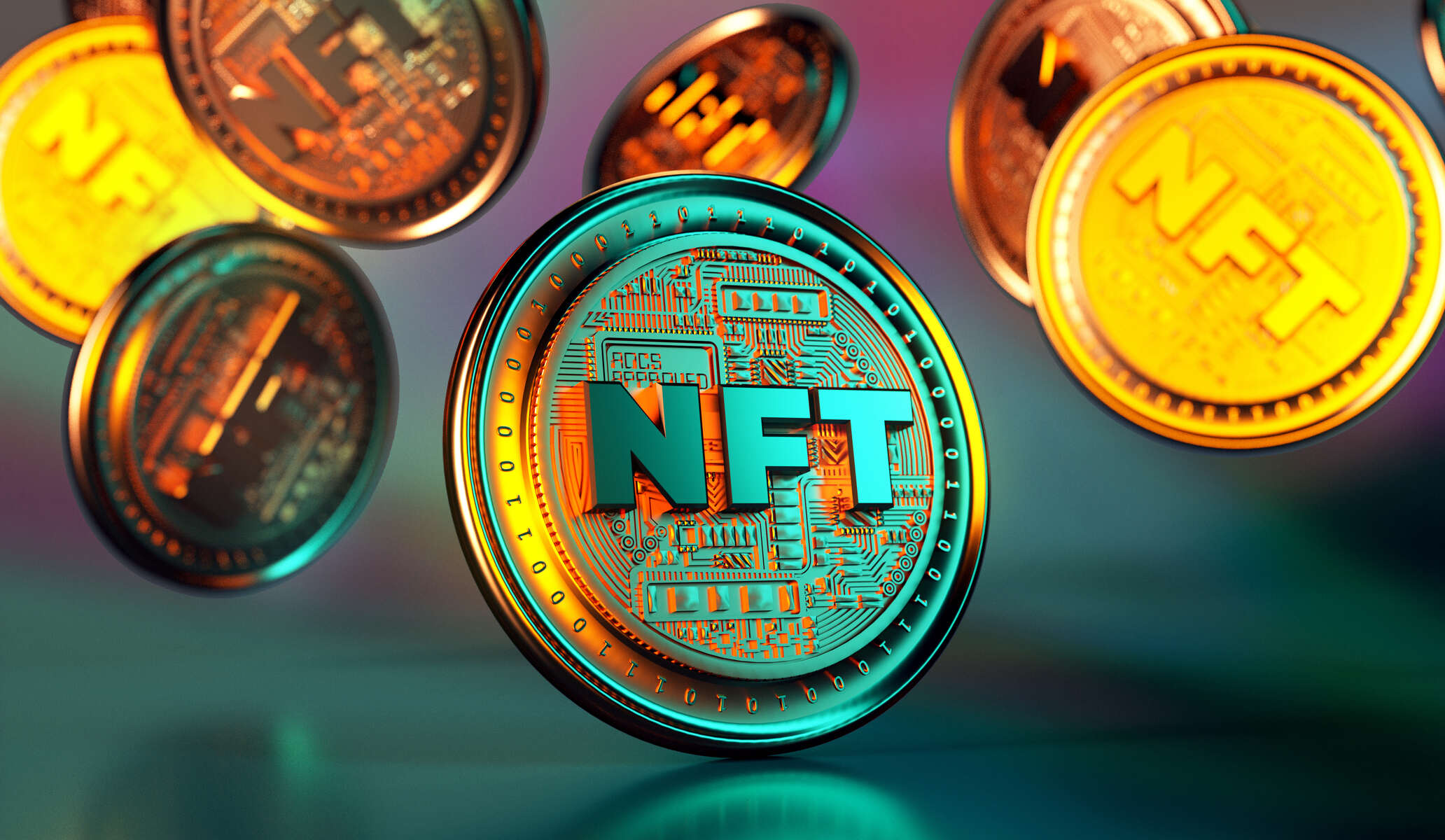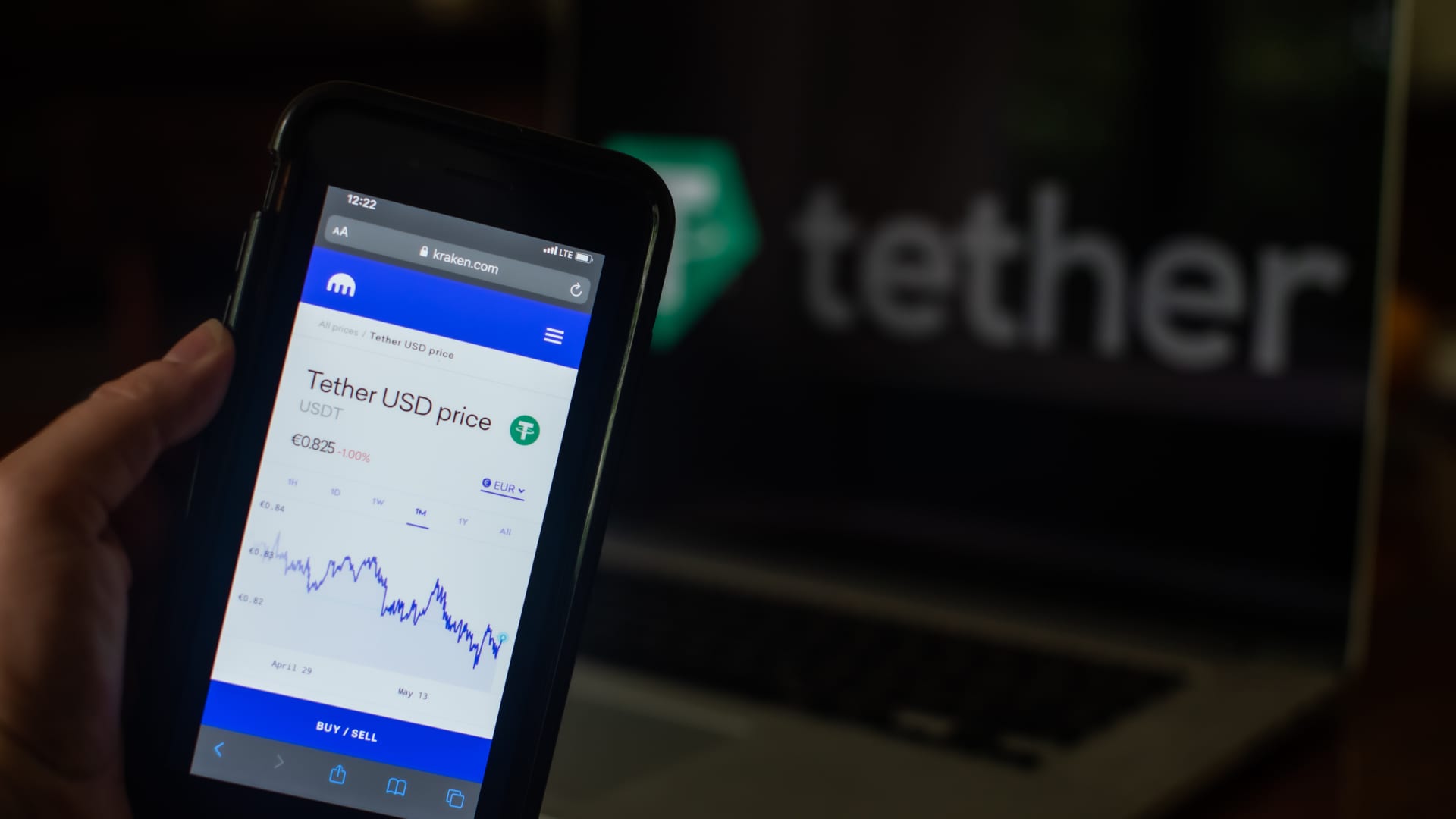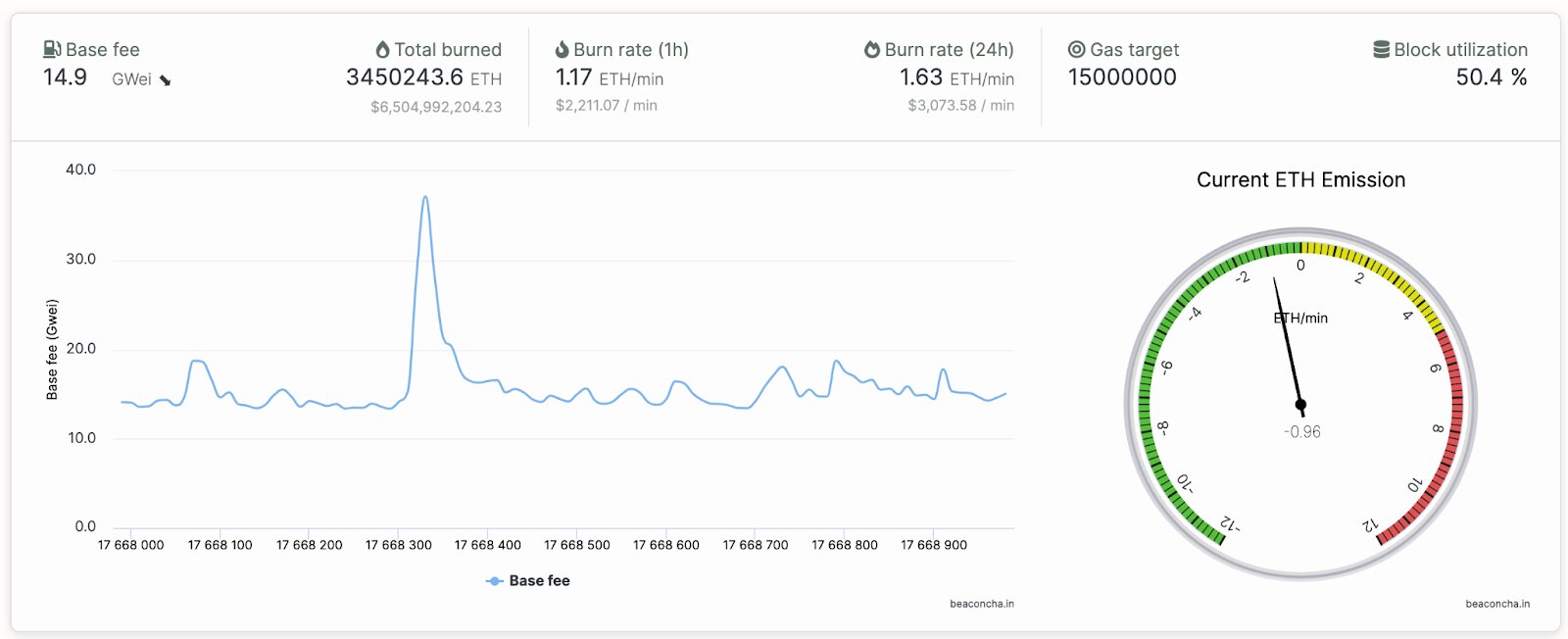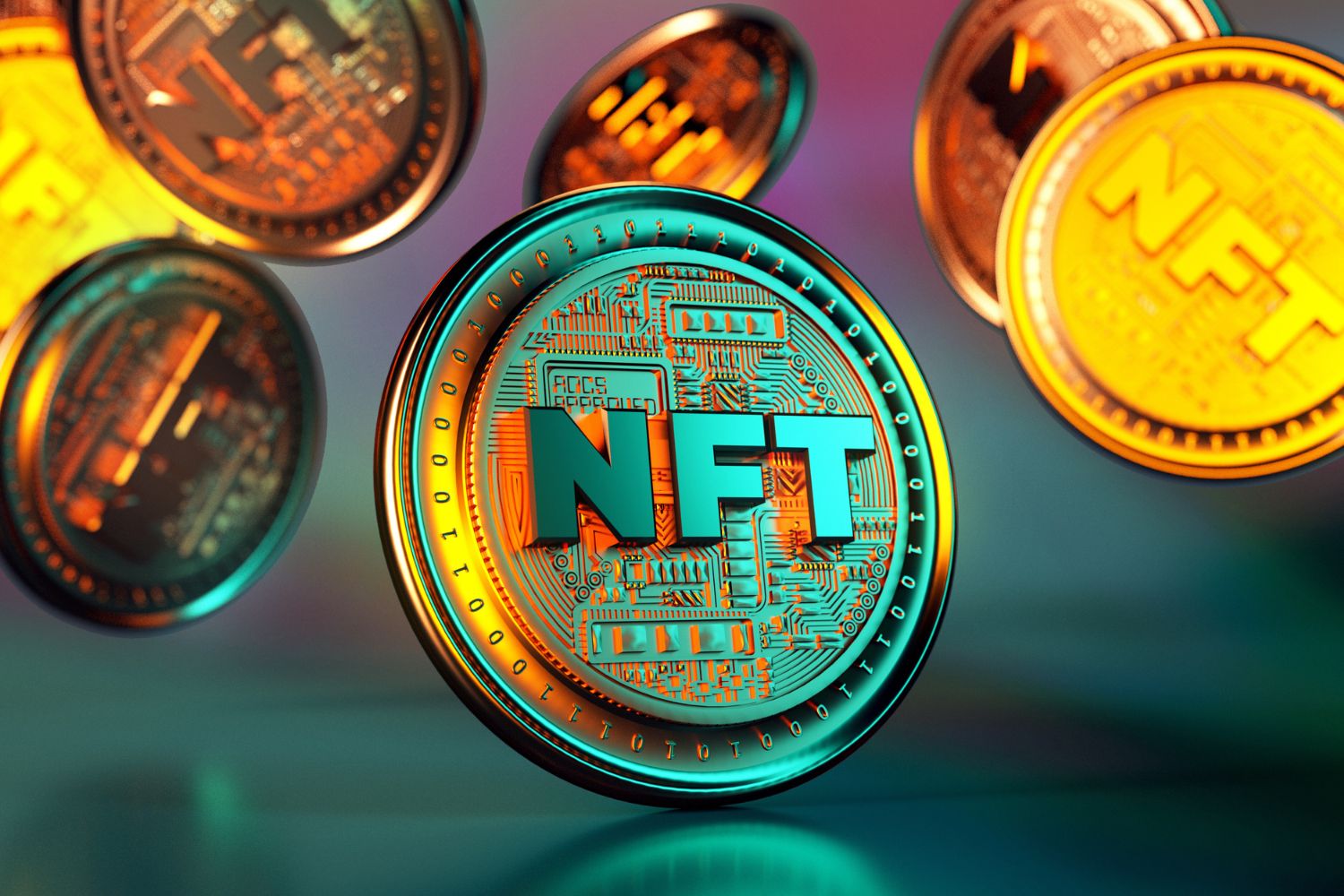Introduction
Cryptocurrency has revolutionized the financial industry, offering new ways to store, transfer, and manage digital assets securely. As the popularity of cryptocurrency continues to grow, new terms and concepts emerge to define its various aspects. One such term is “minting.” In this article, we will explore what minting means in the cryptocurrency world and how it plays a crucial role in the functioning of different digital currencies.
Before delving into the concept of minting, it’s essential to have a basic understanding of cryptocurrency. At its core, cryptocurrency is a decentralized digital currency that utilizes cryptography for secure transactions and control of the creation of new units. Unlike traditional currencies issued by central banks, cryptocurrencies are typically based on blockchain technology, a distributed ledger that ensures transparency and immutability.
In the realm of cryptocurrency, minting refers to the process of creating new coins or tokens within a specific blockchain network. It is a fundamental function that helps maintain the overall integrity and stability of the cryptocurrency ecosystem. Minting involves the generation and verification of new blocks and the addition of those blocks to the blockchain.
The purpose of minting is to incentivize network participants, often referred to as “validators” or “stakers,” to contribute their computing power or lock up a certain amount of cryptocurrency as collateral. These validators perform important tasks such as verifying transactions, validating blocks, and maintaining the security of the network. In return for their efforts, validators are rewarded with newly minted coins or transaction fees.
The process of minting can vary depending on the specific cryptocurrency. Some cryptocurrencies, such as Bitcoin, rely on a process called mining, where powerful computers solve complex mathematical problems to validate transactions and add new blocks to the blockchain. However, other cryptocurrencies use alternative methods like proof-of-stake (PoS) or delegated proof-of-stake (DPoS) algorithms for minting.
In the next sections, we will explore the different ways in which minting works for various cryptocurrencies and delve into the pros and cons of the minting process. We’ll also explore popular cryptocurrencies that utilize minting and discuss the future of minting in the ever-evolving world of cryptocurrency.
The Basics of Cryptocurrency
Cryptocurrency has emerged as a digital alternative to traditional forms of currency, offering a decentralized, secure, and efficient means of conducting transactions. At its core, cryptocurrency operates on blockchain technology, a distributed ledger that records and verifies transactions across a network of computers.
The key features that distinguish cryptocurrency from traditional currency include:
- Decentralization: Unlike traditional fiat currencies issued and regulated by central banks, cryptocurrencies are decentralized. They are not controlled by any central authority or government, which makes them immune to political influence or manipulation.
- Cryptography: Cryptocurrencies rely on cryptographic techniques to secure transactions and control the creation of new units. This ensures the authenticity, integrity, and privacy of transactions.
- Blockchain Technology: The backbone of cryptocurrency is the blockchain, which is a transparent and immutable ledger that records all transactions. It is maintained and updated by participants in the network, known as “nodes” or “miners”.
- Anonymity: While not all cryptocurrencies provide complete anonymity, many offer enhanced privacy features that allow users to conduct transactions without disclosing their personal information.
Instead of physical coins or paper bills, cryptocurrencies exist purely in a digital form. They are stored in digital wallets that are accessible through a variety of devices, such as computers, smartphones, or specialized hardware wallets. Each cryptocurrency has its own unique characteristics, including its supply limit, transaction speed, and consensus mechanism.
Transactions in cryptocurrency are executed using public and private keys. The public key, similar to a bank account number, is shared with other users to receive funds, while the private key acts as a password to access and control the funds. Transactions are broadcasted to the network, verified by nodes/miners, and added to the blockchain, allowing for transparent and secure transfer of funds.
The value of cryptocurrencies is determined by market demand and supply dynamics. They can be bought or sold on cryptocurrency exchanges, where buyers and sellers come together to trade various digital currencies. The market price of a cryptocurrency can experience significant volatility, influenced by factors such as investor sentiment, regulatory developments, and technological advancements.
As the adoption of cryptocurrency continues to grow, its applications extend beyond simple financial transactions. Cryptocurrencies have enabled the development of decentralized applications (dApps) and smart contracts, which provide new opportunities for innovation in various industries such as finance, supply chain management, and voting systems.
In the next sections, we will focus on the concept of minting in cryptocurrency and its significance in maintaining the integrity and functionality of different digital currencies.
What is Minting in Cryptocurrency?
In the world of cryptocurrency, minting refers to the process of creating new coins or tokens within a specific blockchain network. It is an essential function that helps regulate the supply of the cryptocurrency and maintain the overall integrity of the network.
Minting typically involves the validation of transactions and the addition of new blocks to the blockchain. It is performed by network participants known as validators or stakers, depending on the consensus algorithm used by the cryptocurrency.
Minting can take various forms, depending on the specific cryptocurrency’s consensus mechanism. The most well-known method is mining, which is used by cryptocurrencies like Bitcoin. Mining involves using powerful computers to solve complex mathematical problems, called “hashing,” to validate transactions and create new blocks.
On the other hand, some cryptocurrencies use alternative minting methods like proof-of-stake (PoS) or delegated proof-of-stake (DPoS) algorithms. In PoS-based networks, validators are chosen to create new blocks based on their stake or holdings of the cryptocurrency. Validators are required to lock up a certain amount of the cryptocurrency as collateral, known as their “stake.” The probability of being chosen to create a new block is directly proportional to the validator’s stake. This approach reduces the energy consumption associated with mining and enhances the scalability of the network.
In DPoS-based networks, a limited number of trusted validators are selected by the community to create new blocks. These validators are voted into power by the token holders, who delegate their voting power to trusted candidates. The chosen validators have the responsibility of validating transactions and adding them to the blockchain.
One of the key advantages of minting is that it provides an incentive mechanism for network participants. Validators or stakers are rewarded with newly minted coins or transaction fees for their contribution to the network’s security and integrity. This helps maintain a robust and decentralized network by encouraging individuals to actively participate and validate transactions.
It is important to note that minting is not exclusive to creating new coins. In some cases, minting can also refer to the creation of new tokens on an existing blockchain network. Tokens are typically created through a smart contract, which defines the token’s properties, supply, and distribution rules.
Overall, minting plays a crucial role in the functioning of cryptocurrency networks. It helps regulate the supply of coins or tokens, incentivize network participants, and maintain the security and integrity of the blockchain. Understanding the concept of minting is essential for anyone looking to explore the world of cryptocurrency and participate in the creation and validation of digital assets.
The Purpose of Minting
The process of minting in cryptocurrency serves several important purposes that contribute to the overall functionality and integrity of the blockchain network. Understanding these purposes helps shed light on why minting is a vital aspect of the cryptocurrency ecosystem.
Regulating the Supply: One of the primary purposes of minting is to control the supply of the cryptocurrency. By creating new coins or tokens through minting, the network can control the rate at which new units are introduced to the market. This helps prevent inflation or deflation, ensuring a stable and sustainable monetary system.
Incentivizing Network Participants: Minting provides a way to incentivize individuals to participate in the network and contribute their resources, such as computing power or stake, to secure the blockchain. Validators, stakers, or miners are rewarded with newly minted coins or transaction fees for their efforts in validating transactions, maintaining the network, and adding new blocks to the blockchain.
Ensuring Network Security: Minting is essential for ensuring the security of the blockchain network. Validators or miners play a crucial role in validating transactions and adding them to the blockchain. By participating in the minting process, they help maintain the integrity and immutability of the blockchain, making it resistant to malicious attacks or modifications.
Maintaining Network Consensus: Minting helps facilitate consensus among network participants regarding the validity of transactions and the state of the blockchain. Different consensus mechanisms, such as proof-of-stake or proof-of-work, determine how validators are selected and how decisions are made within the network. Minting ensures that correct and agreed-upon versions of the blockchain are continuously maintained.
Creating a Token Economy: Minting allows for the creation of new tokens on existing blockchain networks. This enables the development of tokenized economies, where organizations or projects can issue their own tokens to represent ownership, access rights, or utility within their ecosystem. Minting tokens provides a way of distributing these tokens to participants and establishing a robust token economy.
Supporting Decentralized Applications: Minting plays a crucial role in supporting the growth and development of decentralized applications (dApps). These applications often require their own tokens to operate, and minting allows for the creation and distribution of these tokens. By supporting dApps, minting contributes to the expansion of blockchain technology beyond simple financial transactions.
In summary, the purpose of minting in cryptocurrency is multifaceted. It helps regulate the supply of coins or tokens, incentivize network participants, maintain network security, facilitate consensus, and support the growth of decentralized applications and token economies. Understanding these purposes is crucial for comprehending the significance of minting in the wider crypto ecosystem.
How Minting Works in Different Cryptocurrencies
Minting, or the process of creating new coins or tokens, varies across different cryptocurrencies based on their consensus mechanisms and underlying technology. Let’s explore how minting works in some of the popular cryptocurrencies:
Bitcoin (BTC): Bitcoin was the first cryptocurrency to use a proof-of-work (PoW) consensus mechanism for minting. Miners compete to solve complex mathematical problems through computational power, and when a problem is solved, a new block is added to the blockchain, and the miner is rewarded with newly minted bitcoins.
Ethereum (ETH): Ethereum initially used a PoW mechanism like Bitcoin, but it is transitioning towards a proof-of-stake (PoS) mechanism known as Ethereum 2.0. In PoS, validators lock up a certain amount of ETH as collateral and are chosen to create new blocks based on their stake. Validators are rewarded with transaction fees and new Ether coins for their participation.
Cardano (ADA): Cardano utilizes a proof-of-stake (PoS) mechanism called the Ouroboros protocol. Validators, also known as slot leaders, are randomly selected based on their stake to create new blocks and validate transactions. Slot leaders are rewarded with transaction fees and a portion of newly minted ADA coins.
Tezos (XTZ): Tezos adopts a delegated proof-of-stake (DPoS) consensus mechanism. Token holders can delegate their XTZ tokens to bakers who act as validators, creating new blocks and validating transactions. Bakers are rewarded with transaction fees and a share of newly minted XTZ tokens.
VeChain (VET): VeChain uses a combination of proof-of-authority (PoA) and proof-of-stake (PoS) mechanisms. Authority Masternodes, operated by approved entities, create new blocks and validate transactions. Authority Masternode operators are rewarded with new VET tokens generated through minting.
NEO (NEO): NEO operates on a delegated Byzantine Fault Tolerance (dBFT) consensus mechanism. Validators, selected through a voting process, produce new blocks and validate transactions. Validators are rewarded with GAS, which is generated through the minting process.
These are just a few examples of how minting works in different cryptocurrencies. Each cryptocurrency has its own unique approach to minting, tailored to its specific consensus mechanism and goals. As the field of cryptocurrency evolves, we may see the emergence of new and innovative minting methods to meet the changing needs of the cryptocurrency ecosystem.
Minting vs Mining: What’s the Difference?
Minting and mining are two distinct processes in the world of cryptocurrencies, although they both involve the creation of new coins or tokens. Let’s delve into the differences between minting and mining:
Minting: Minting typically refers to the creation of new coins or tokens within a specific blockchain network. It is often associated with proof-of-stake (PoS) or delegated proof-of-stake (DPoS) consensus mechanisms. In minting, validators or stakers are chosen to create new blocks and validate transactions based on their stake or holdings of the cryptocurrency. Validators are rewarded with newly minted coins or transaction fees for their participation and dedication in securing the network.
Minting does not require intensive computational power like mining, making it more energy-efficient and environmentally friendly. It also eliminates the need for expensive mining hardware and reduces the risk of centralization that can occur in mining-based networks.
Mining: Mining, on the other hand, is the process of validating and adding new blocks to a blockchain through computational power. It is primarily associated with proof-of-work (PoW) consensus mechanisms, with Bitcoin being the most prominent example. Miners compete to solve complex mathematical problems, and once a problem is solved, a new block is added to the blockchain, and the miner is rewarded with newly minted coins.
Mining requires specialized hardware and a significant amount of electricity to solve the mathematical puzzles, making it resource-intensive and often criticized for its environmental impact. However, mining also provides security to the network, as the computational power required to solve the puzzles makes it difficult for attackers to manipulate the blockchain.
The choice between minting and mining depends on the specific consensus mechanism and goals of the cryptocurrency network. Some cryptocurrencies opt for PoS or DPoS mechanisms to achieve scalability, energy efficiency, and a more decentralized network. Others, like Bitcoin, rely on PoW mining for its proven security and resistance to attacks.
It’s worth noting that some cryptocurrencies may use a combination of minting and mining to achieve their goals. For example, Ethereum currently uses proof-of-work but is transitioning towards proof-of-stake with Ethereum 2.0, incorporating both mining and minting mechanisms.
In summary, the key difference between minting and mining lies in the consensus mechanism and the process of validating and creating new blocks. Minting typically involves proof-of-stake or delegated proof-of-stake, while mining is associated with proof-of-work. Both processes contribute to the creation and security of new coins or tokens, but they differ in their resource requirements, environmental impact, and approach to achieving network consensus and decentralization.
Pros and Cons of Minting
Minting, the process of creating new coins or tokens in the cryptocurrency world, offers several advantages and disadvantages. Let’s examine the pros and cons of minting:
Pros:
- Energy Efficiency: Minting, particularly in proof-of-stake (PoS) or delegated proof-of-stake (DPoS) systems, is more energy-efficient than traditional mining. It reduces the need for costly hardware and extensive computational power, resulting in reduced energy consumption and a smaller carbon footprint.
- Scalability: Minting-based cryptocurrencies, especially those using PoS or DPoS, can generally achieve higher scalability compared to proof-of-work (PoW) systems. PoS eliminates the need for resource-intensive calculations, allowing for faster transaction validation and block creation.
- Decentralization: Minting helps foster decentralization within cryptocurrency networks. By eliminating the dependence on specialized mining hardware, minting allows a broader range of participants to become validators or stakers, thus promoting a more diverse and decentralized network.
- Lower Barrier to Entry: Mining can be cost-prohibitive due to the expensive hardware and electricity costs involved. Minting, particularly in PoS-based systems, typically has a lower barrier to entry, enabling a wider range of individuals to participate and contribute to the network’s security.
- Security: Minting contributes to the security of the blockchain network. Validators or stakers play a critical role in verifying transactions and maintaining the integrity of the blockchain. By actively participating in the minting process, they help ensure the immutability and trustworthiness of the network.
Cons:
- Initial Distribution: Minting-based cryptocurrencies face challenges with the initial distribution of coins or tokens. Unlike mining, where new coins are gradually introduced into circulation, minting often requires an initial distribution of tokens to validators or stakers. The fair and equitable distribution of tokens can be a complex process to ensure wide participation and prevent centralization.
- Security Vulnerabilities: While minting provides security benefits, it is not immune to potential attacks. Some consensus mechanisms used in minting, such as delegated proof-of-stake, involve a limited number of validators with delegated power, making the network vulnerable to collusion or malicious behavior among a few validators.
- Centralization Risks: Despite promoting decentralization, minting can still face the risk of centralization. In PoS systems, validators with larger stakes have a higher probability of being chosen to create new blocks. This concentration of power in the hands of a few stakeholders could potentially lead to centralization if measures are not in place to encourage broad participation.
- Validator Integrity: Minting relies on the integrity and honesty of validators or stakers. If a validator behaves dishonestly or maliciously, they can potentially compromise the network’s security and manipulate transactions. Proper measures, such as reputation systems and governance mechanisms, are necessary to ensure the trustworthiness of validators.
Understanding the pros and cons of minting is crucial for assessing the strengths and potential challenges associated with different cryptocurrency networks. The choice between minting and other consensus mechanisms should be made considering factors such as energy efficiency, scalability needs, security concerns, and desired levels of decentralization.
Popular Cryptocurrencies that Use Minting
Minting plays a fundamental role in the creation and distribution of new coins or tokens within different cryptocurrency networks. Let’s explore some popular cryptocurrencies that utilize minting:
Ethereum (ETH): Ethereum, the second-largest cryptocurrency by market capitalization, is transitioning from a proof-of-work (PoW) to a proof-of-stake (PoS) consensus mechanism through the Ethereum 2.0 upgrade. In the new PoS model, known as Ethereum 2.0 or Eth2, validators are chosen to create new blocks and validate transactions based on the amount of Ether (ETH) they hold as collateral. Validators are rewarded with transaction fees and newly minted Ether coins for their participation in securing the network.
Cardano (ADA): Cardano is a blockchain platform built on a proof-of-stake (PoS) consensus mechanism called Ouroboros. In Cardano’s PoS model, validators, known as slot leaders, are randomly selected to validate and mint new blocks based on their stake or holdings of ADA, the platform’s native cryptocurrency. Slot leaders are rewarded with transaction fees and a portion of newly minted ADA coins.
Tezos (XTZ): Tezos utilizes a delegated proof-of-stake (DPoS) consensus mechanism. In Tezos, token holders can delegate their XTZ tokens to bakers, who act as validators to create new blocks and validate transactions. Bakers are chosen through a voting process and are rewarded with transaction fees and a share of newly minted XTZ tokens for their contributions to securing the network.
VeChain (VET): VeChain is a blockchain platform focused on supply chain management and enterprise solutions. It utilizes a proof-of-authority (PoA) consensus mechanism where approved authority masternodes, operated by vetted entities, engage in minting new VET coins. Authority masternode operators are rewarded with newly minted VET tokens generated through the minting process.
NEO (NEO): NEO, often referred to as “China’s Ethereum,” employs a consensus mechanism called delegated Byzantine Fault Tolerance (dBFT). In NEO’s network, token holders can use their NEO tokens to vote for consensus node candidates. The elected consensus nodes, called bookkeepers, create new blocks and validate transactions. The minting process in NEO generates GAS tokens, which are distributed to NEO holders.
These are just a few examples of popular cryptocurrencies that utilize minting within their respective networks. Each cryptocurrency employs its own unique consensus mechanism and minting process to create new coins or tokens and secure the network. Understanding the minting mechanisms of different cryptocurrencies can help individuals and organizations make informed decisions about participating in and supporting specific blockchain networks.
The Future of Minting in Cryptocurrency
The concept of minting has already evolved significantly in the world of cryptocurrency, and its future holds great potential for further innovation and advancement. Here are a few key areas to consider when discussing the future of minting:
1. Continued Transition to Proof-of-Stake: The transition from proof-of-work (PoW) to proof-of-stake (PoS) consensus mechanisms is gaining momentum. Several major cryptocurrencies, including Ethereum, are moving towards PoS to address energy consumption concerns and increase scalability. As more networks adopt PoS, minting will become a mainstream method for creating and securing cryptocurrencies.
2. Enhanced Scalability and Efficiency: Minting, particularly in PoS and delegated proof-of-stake (DPoS) systems, offers increased scalability and efficiency compared to PoW mining. This scalability will be crucial as cryptocurrencies aim to accommodate more users and support a greater number of transactions, making minting an attractive option for future blockchain projects.
3. Hybrid Approaches: The future of minting may witness the emergence of hybrid consensus mechanisms that combine the benefits of PoW and PoS. These hybrid approaches aim to strike a balance between security, decentralization, and energy efficiency. By combining elements from different consensus mechanisms, developers can create new and unique minting systems.
4. Improved Governance and Participation: As minting-based cryptocurrencies gain popularity, there will be a stronger emphasis on governance models and community participation. Various mechanisms such as voting, reputation systems, and improved token distribution methods will be explored to ensure a fair and decentralized decision-making process when it comes to selecting validators and making network-wide changes.
5. Interoperability and Cross-Chain Minting: The future may bring advancements in cross-chain communication and interoperability, enabling the minting and transfer of assets between different blockchain networks. This could lead to the creation of interoperable tokens that can be utilized across multiple platforms, introducing new possibilities for collaboration and asset management.
6. Tokenization of Real-World Assets: Minting will play a crucial role in the tokenization of real-world assets, such as real estate, art, and commodities. By representing these assets as digital tokens on the blockchain, minting will enable fractional ownership, improved liquidity, and transparent transfer of ownership, revolutionizing traditional systems of asset management.
7. Innovation in Token Distribution Models: The future may witness the development of novel token distribution models that leverage minting. Initial Coin Offerings (ICOs) gained popularity in the past, but faced criticisms regarding fairness and regulatory compliance. Minting-based token distribution models that reward early supporters or contributors through ongoing minting processes may provide more sustainable and equitable alternatives.
Overall, the future of minting in cryptocurrency is promising. As the industry continues to mature, we can expect to see advancements in scalability, energy efficiency, governance models, cross-chain interoperability, tokenization of assets, and innovative token distribution methods. With ongoing research and development, minting will remain a crucial component in the evolution of cryptocurrencies and blockchain technology.
Conclusion
Minting plays a crucial role in the world of cryptocurrency, serving as a mechanism for creating new coins or tokens within blockchain networks. It offers several advantages such as energy efficiency, scalability, and increased participation, while also posing certain challenges regarding initial distribution, security vulnerabilities, and the risk of centralization.
As cryptocurrencies continue to evolve, the future of minting looks promising. The transition to proof-of-stake (PoS) consensus mechanisms, such as Ethereum’s shift to Ethereum 2.0, highlights the growing preference for energy-efficient and scalable minting systems. Hybrid approaches and interoperability solutions may further enhance the efficiency and effectiveness of minting, allowing for innovative consensus models and cross-chain asset transfers.
Governance mechanisms and community participation will become increasingly important in minting-based networks, ensuring fair decisions regarding validator selection and network improvements. Furthermore, the tokenization of real-world assets and the development of new token distribution models will revolutionize the way we manage and distribute assets.
It’s essential for individuals and organizations to understand the concepts, advantages, and challenges of minting as they navigate the ever-expanding cryptocurrency landscape. By keeping an eye on technological advancements and emerging trends, we can stay informed about the future of minting and its potential impact on the cryptocurrency ecosystem.

























